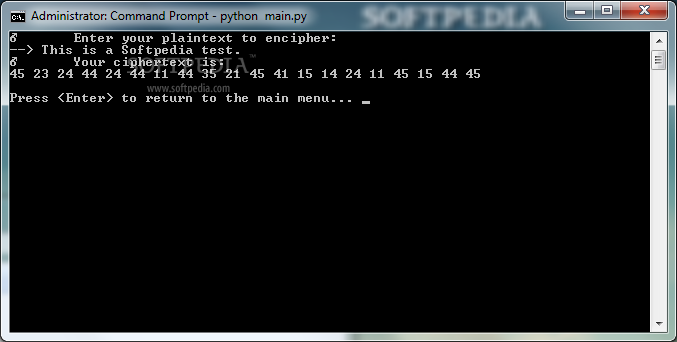
POLYBIUS SQUARE HTML SERIES
What is more, when using Polybius’ system any possible alphabetic message could be sent between communicating parties, instead of only a series of pre-arranged messages. Although Polybius’ method was still extremely laborious, it was clearly a significant improvement over Aeneas Tacticus’ system, since Polybius did not require a pair of water clocks to run in parallel. One could then send messages letter by letter, whereby each fire signal represented one letter. Like Aeneas Tacticus, Polybius still used torches, but replaced the water clocks with tablets on which the letters of the Greek alphabet were written. See for a parallel from Roman times Julius Africanus, Kestoi, 77. Then he would have raised the second set of torches on the right to indicate what letter on the tablet the receiver should write down. The dispatcher of the message would raise the first set of torches on the left side indicating which tablet was to be consulted (from 1 to 5). If all worked well, the receiving party could then read off the intended message.įive tablets with the letters of the Ancient Greek alphabet used for fire-signalling, as discussed by Polybius (Histories 10.45.6–12) (author’s illustration based on Savard 1998–9). When the intended message on the rod had descended to reach the top of the vessel, the sending party would wave a torch again to let the receiving party know that they had to put the cork back into the vessel and check the intended message. Then both groups would pull out corks from the vessels to let the water run out, which would cause the rods gradually to sink. When the two distant parties wanted to send a message to each other, one would first wave torches to attract the other’s attention.

In each section they would write the most evident and ordinary events that occurred in war (e.g., “ Enemy approaching with ships from the west”). Then they would take a rod graduated into sections.

Communicating parties would fill large vessels of the same size with water. This passage, and others from Polybius cited in this article, can be read in English and Greek here. Aeneas Tacticus’ system is discussed in a now lost work on military preparations, but its basic design has been handed down to us via Polybius at Histories 10.44. The 4 th-century BC Greek general and military author Aeneas Tacticus (“the Tactician”) accordingly invented a more useful system for sending more than one message by using water clocks and torches. As it was only possible to send one prearranged message using this archaic system of fire-signalling, communicating parties needing to communicate on urgent matters faced significant limitations. To take just one famous example, Aeschylus – in his Agamemnon – described how Clytemnestra received word from Agamemnon that he was returning from Troy by means of beacons – signals that were speedily and efficiently sent from one hilltop station to the next. There are numerous extant references to this strategy for long-distance communication from the ancient world, in works not only of history but of literature too. CNN Sans ™ & © 2016 Cable News Network.Very early on in Greek history, extant sources reveal that mountain tops were clearly used both as watchtowers and as signalling stations from which secret and non-secret messages could be sent over long distances by lighting strategic fires. Market holidays and trading hours provided by Copp Clark Limited. All content of the Dow Jones branded indices Copyright S&P Dow Jones Indices LLC and/or its affiliates. Standard & Poor’s and S&P are registered trademarks of Standard & Poor’s Financial Services LLC and Dow Jones is a registered trademark of Dow Jones Trademark Holdings LLC. Dow Jones: The Dow Jones branded indices are proprietary to and are calculated, distributed and marketed by DJI Opco, a subsidiary of S&P Dow Jones Indices LLC and have been licensed for use to S&P Opco, LLC and CNN. Chicago Mercantile: Certain market data is the property of Chicago Mercantile Exchange Inc.

US market indices are shown in real time, except for the S&P 500 which is refreshed every two minutes. Your CNN account Log in to your CNN account


 0 kommentar(er)
0 kommentar(er)
